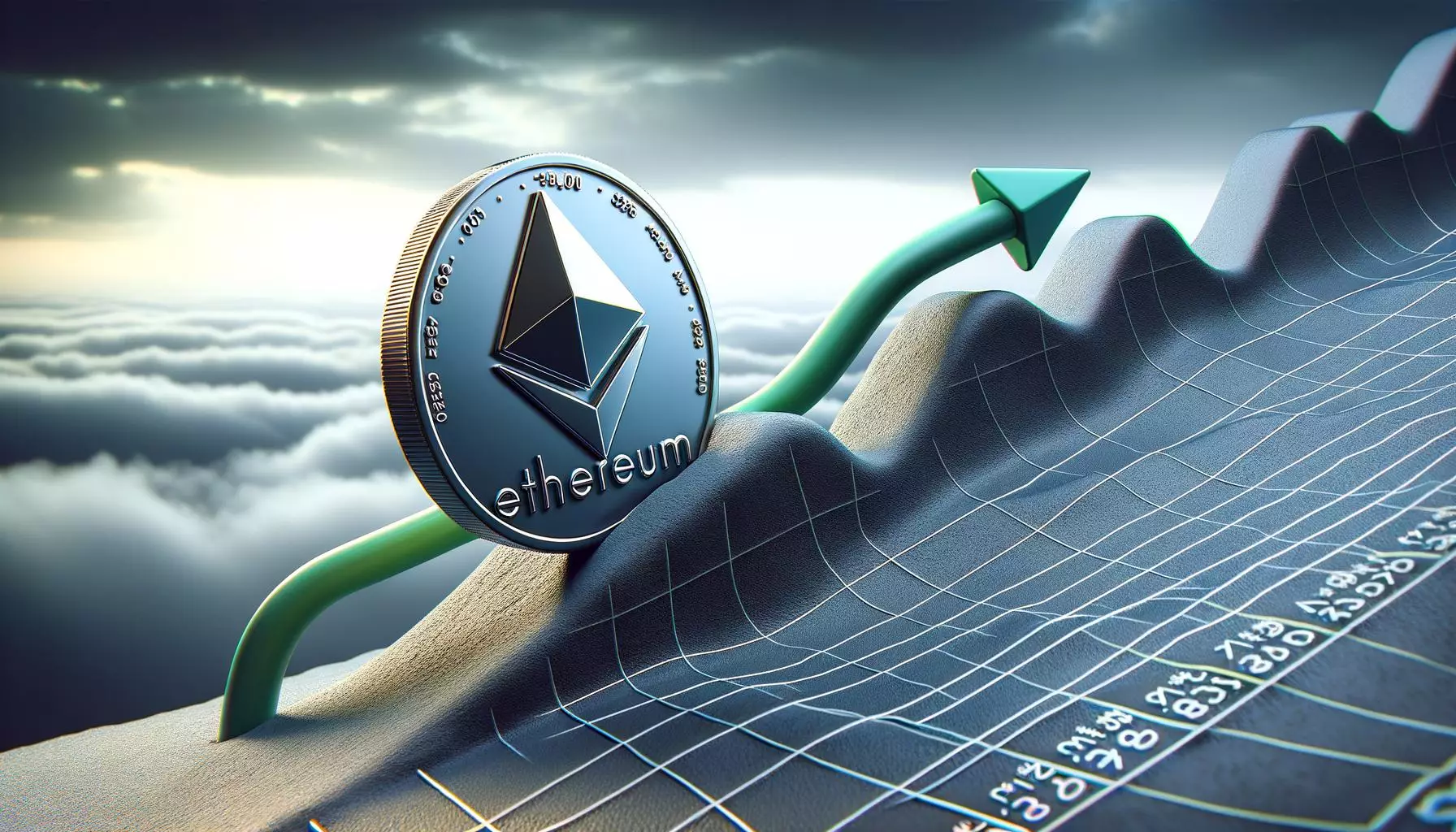As the cryptocurrency landscape continues to evolve, two key players have emerged in the smart contract arena: Ethereum and Solana. Even as Solana has made significant strides and gained market share, the Ethereum network remains a treasure trove of opportunities capable of outmatching its rivals. EigenLayer’s founder, Sreeram Kannan, recently weighed in on this ongoing rivalry, emphasizing Ethereum’s superior offerings despite the challenges of high gas fees and scalability. This article explores the contrasting philosophies behind these platforms and examines what makes Ethereum a powerhouse in the blockchain space.
Solana has gained recognition for its emphasis on speed and low latency, which appeals to developers aiming for a frictionless user experience. The platform’s architecture allows it to manage transactions swiftly, a feature that has attracted numerous projects and users. However, Kannan argues that this approach comes at a cost; Solana’s focus on rapid execution compromises core attributes crucial for sustainable blockchain development, namely programmability and verifiability. Ethereum, in contrast, has built its reputation on a foundation of stability and decentralization. Kannan posits that this makes Ethereum a more holistic solution.
The tension between these two priorities—Solana’s pursuit of fast transaction speeds and Ethereum’s commitment to a fully decentralized architecture—highlights an essential conversation in blockchain development. While users of both platforms appreciate speed, the real question is: what do we sacrifice for that speed? Kannan suggests that Ethereum holds a trump card in terms of capabilities, as its design fosters a broader range of applications without downsizing its decentralization efforts.
In the realm of DeFi, EigenLayer is making waves by managing over $12 billion worth of assets on the Ethereum blockchain. The liquidity restaking platform is an example of how Ethereum’s programmability allows for innovative solutions that extend the network’s utility. The platform’s operations benefit from the existing established infrastructure of Ethereum, allowing it to take advantage of its high level of decentralization.
Kannan’s insights provide a glimpse into why EigenLayer can thrive in a competitive environment filled with alternative solutions. By leveraging Ethereum’s robust ecosystem, EigenLayer enables what it describes as “cloud-scale programmability.” This advancement offers developers more opportunities to create decentralized applications that would otherwise be limited on platforms prioritizing speed alone. Essentially, EigenLayer serves as further evidence of how Ethereum is evolving, continually expanding its influence and capabilities in the decentralized finance sector.
Another major contributor to Ethereum’s enduring relevance is the explosive growth of its layer-2 ecosystem, exemplified by the development of rollups. As of late September, the data from L2Beat showed that Ethereum’s layer-2 solutions collectively manage over $38 billion, indicating significant investment and interest from the developer community. These scaling solutions enable quicker transactions and lower fees, effectively addressing Ethereum’s long-standing issues of congestion while preserving the core tenets of the original blockchain.
While platforms like Arbitrum and Base are gaining traction and drawing users away from the main chain, the network dynamics are complex. Although these solutions might menstruate Ethereum’s inflation through off-chain functionalities, they also pave the way for a thriving ecosystem that can cater to a growing number of users and applications. The challenges presented by inflation are further alleviated by Ethereum’s active development, employing enhancements such as Dencun to make transactions even more affordable.
Despite the many advantages Ethereum offers, its native currency, ETH, has been experiencing fluctuations that raise eyebrows among investors. With daily charts suggesting a struggle to break above the $2,800 mark and support level at $2,400, many are asking where the momentum will originate. This situation has led to increased scrutiny regarding how layer-2 solutions may inadvertently affect the price dynamics of ETH, as more activity shifts from the main chain.
The deflationary measures, encapsulated in the concept of “Ultra Sound Money,” suggest that fewer ETH tokens are being burned, heightening concerns about long-term value preservation in an increasingly competitive landscape. This adds an interesting layer of complexity as Ethereum balances innovation in scalability with the need to maintain its market strength and value proposition.
As we look to the future, the rivalry between Ethereum and Solana serves as a fascinating case study in technology, philosophy, and market reaction. Kannan’s assertions, backed by performance data and innovative developments like EigenLayer, reaffirm Ethereum’s status as a foundational player within the blockchain ecosystem. While Solana offers a compelling alternative, its approach may come with sacrifices that ultimately limit its long-term utility. The ongoing saga of these platforms reminds us that in the digital age, the dialogue between speed and stability will shape the future of blockchain technology.


Leave a Reply